The NCAA Playing Rules Oversight Panel on Tuesday approved changes they say will help enhance the flow of the game in men’s basketball for the 2025-26 season.
Changes include a coach’s challenge at any point in a game to review out-of-bounds calls, basket interference/goaltending and whether a secondary defender was in the restricted-area arc. The panel also approved modifications to the rule on continuous motion on field goal attempts.
Other enhancements to help with the flow of the game focus on the points of emphasis for officials for 2025-26. These will include directives to address delay-of-game tactics, limit time spent at the monitor, improve game administration efficiency and reduce physicality.
Under the coach’s challenge rule, teams must have a timeout to request an instant replay review challenge.
If the instant replay review challenge is successful, teams will be allowed to have one additional video review challenge for the rest of the game, including overtime.
If the first video review challenge is unsuccessful, the team loses the ability to challenge the rest of the game.
Officials can initiate video reviews on basket interference/goaltending and restricted arc plays in the last two minutes of the game and into overtime. Recent data shows these reviews caused minimal game interruptions. NCAA Men’s Basketball Rules Committee members think the coach’s challenge will have a significant impact on the flow of the game. Officials cannot conduct video review on out-of-bounds calls unless through a coach’s challenge.
The coach’s challenge, however, does not impact the NCAA officials’ voluntary use of instant replay for timing mistakes, scoring errors, shot clock violations, 2-point versus 3-point field goal attempts, flagrant fouls, etc.
In considering the decisions last month, the NCAA Men’s Basketball Committee had conversations about ways to continue this direction in the upcoming years, which includes positive momentum for moving the men’s game from halves to quarters. The committee realizes there are hurdles to implementing the quarter format to the game, including the structuring of media timeouts to accommodate commercial inventory.
The committee recommended NCAA Division I conferences create a joint working group to provide feedback on the potential change from halves to quarters.
The Men’s Basketball Rules Committee would like to have feedback from the conferences by the next rules-change year.
Under the changes to the continuous motion rule, an offensive player who ends his dribble going toward the basket and absorbs contact from the defense will be permitted to pivot or complete the step the player is on and finish the field goal attempt.
Currently, players are credited with field goals only when they are fouled while shooting the basketball.
Other rule changes:
– Officials will have the option to call a Flagrant 1 foul when a player is contacted to the groin. A Flagrant 1 foul results in two free throws for the offended team and possession of the ball. Previously, officials could only call a common foul or deem it a Flagrant 2 foul, in which the player receives an ejection, and the offended team receives two free throws and possession of the ball.
– If a player uses the rim to gain an advantage, it will be a basket interference violation.
– If one of the shot clocks becomes inoperable, the shot clock at the other basket will remain on. Previously, both clocks would be shut off until both are operable.
Coach’s Challenge coming to women’s game also
A coach’s video review challenge in women’s basketball was also approved by the NCAA Playing Rules Oversight Panel on Tuesday.
After a thorough discussion last month, the NCAA Women’s Basketball Rules Committee voted to recommend the change for the 2025-26 season.
Under the rule change, the following plays can be challenged at any point during the game:
- Ruled out-of-bounds violations.
- Ruled backcourt violations.
- Whether a change in team possession occurred before the ruling of a foul where free throws would be involved.
- Whether a foul was assessed to the correct player.
Officials cannot initiate reviews on these calls, with the exception of whether a foul was assessed to the correct player.
Teams will not be required to have a timeout to make a video review challenge in NCAA women’s basketball competition. However, a failed challenge will result in a technical foul for an excessive timeout.
The panel also approved an experimental rule in exhibition games for the 2025-26 season to allow coaches to make video review challenges on a foul charged to their team at any time during the game.
Other rules changes:
- Setting the shot clock to 20 seconds when, following a dead ball, the offense is awarded the ball in its frontcourt.
- Eliminating the rule that jerseys need to be tucked in.
- Using excessive timeouts or playing with six players when the ball becomes live will become team technical fouls. These violations will count toward team fouls, and the team will be awarded possession at half-court following the free throws.
- Allowing players to complete a jump stop when their feet land approximately at the same time. This will be a legal move and will not be considered a travel. The NCAA Women’s Basketball Rules Committee thinks this change can increase the accuracy on traveling rulings.
- Allowing defenders multiple one-hand (hot stove) touches on stationary players holding the ball or on a dribbler. These touches would be legal as long as they are not repetitive and do not affect the rhythm, speed, balance and quickness of the dribbler or reroute the offensive player.
- If a player competes in a game that the player should have missed due to a suspension, the player and the head coach will both have to serve a one-game suspension for the next scheduled game.
The Daily Hoosier –“Where Indiana fans assemble when they’re not at Assembly”
Related
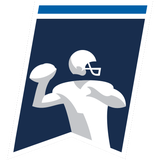



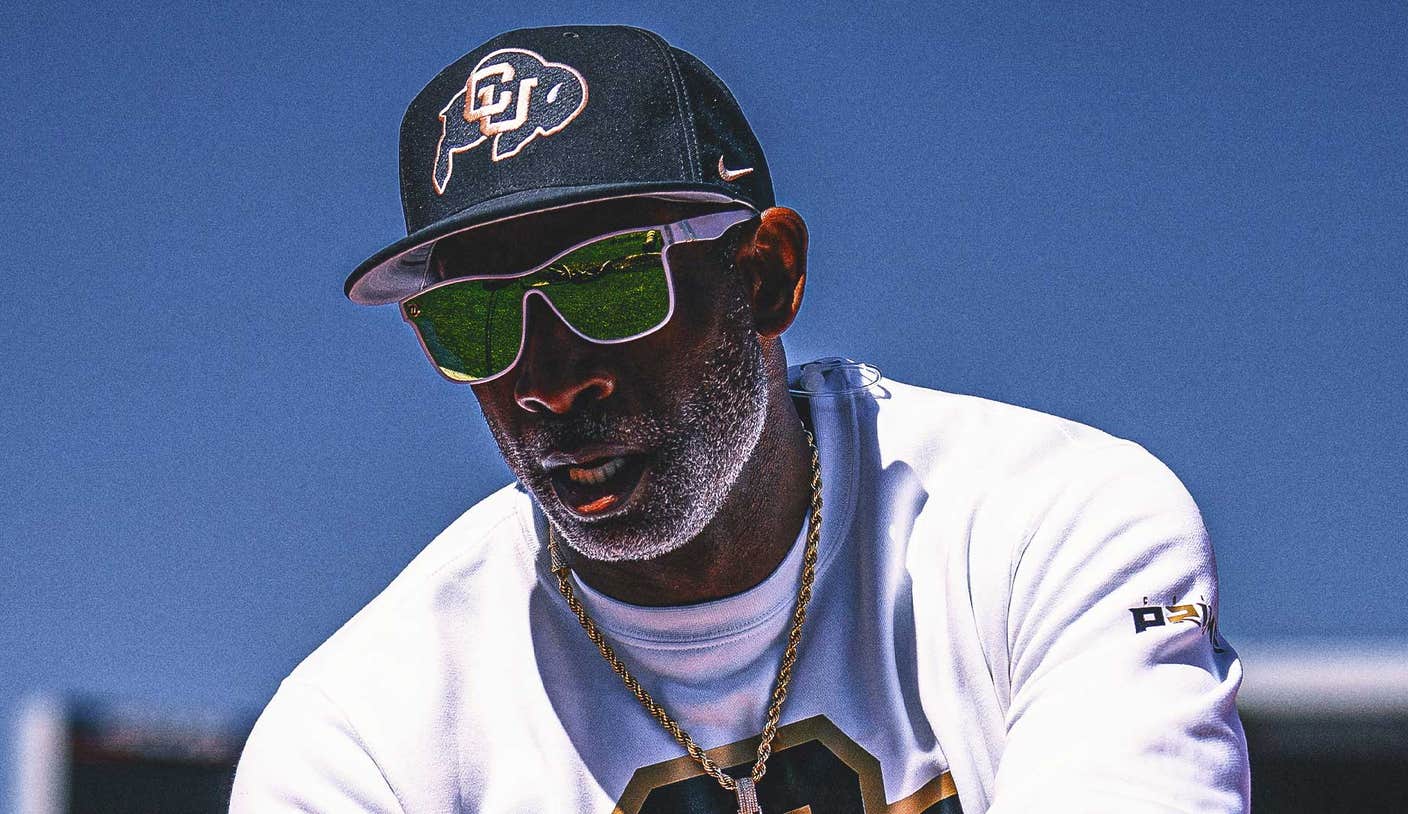
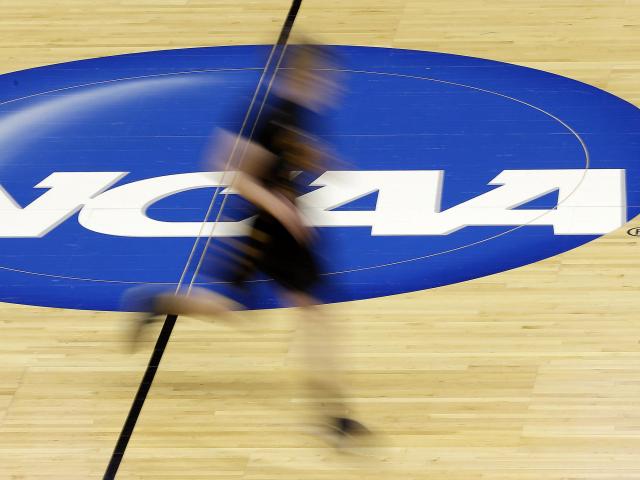

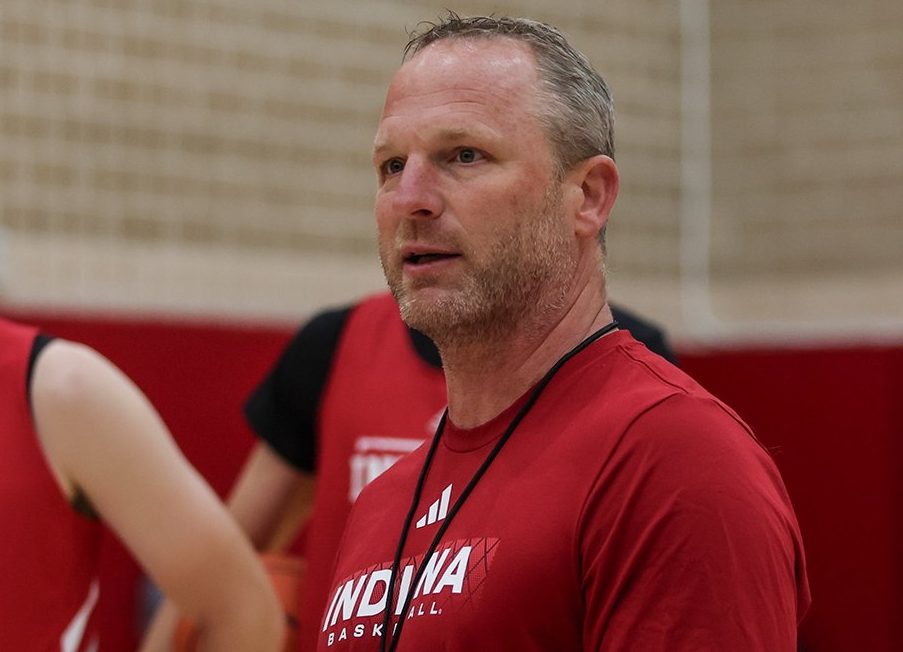
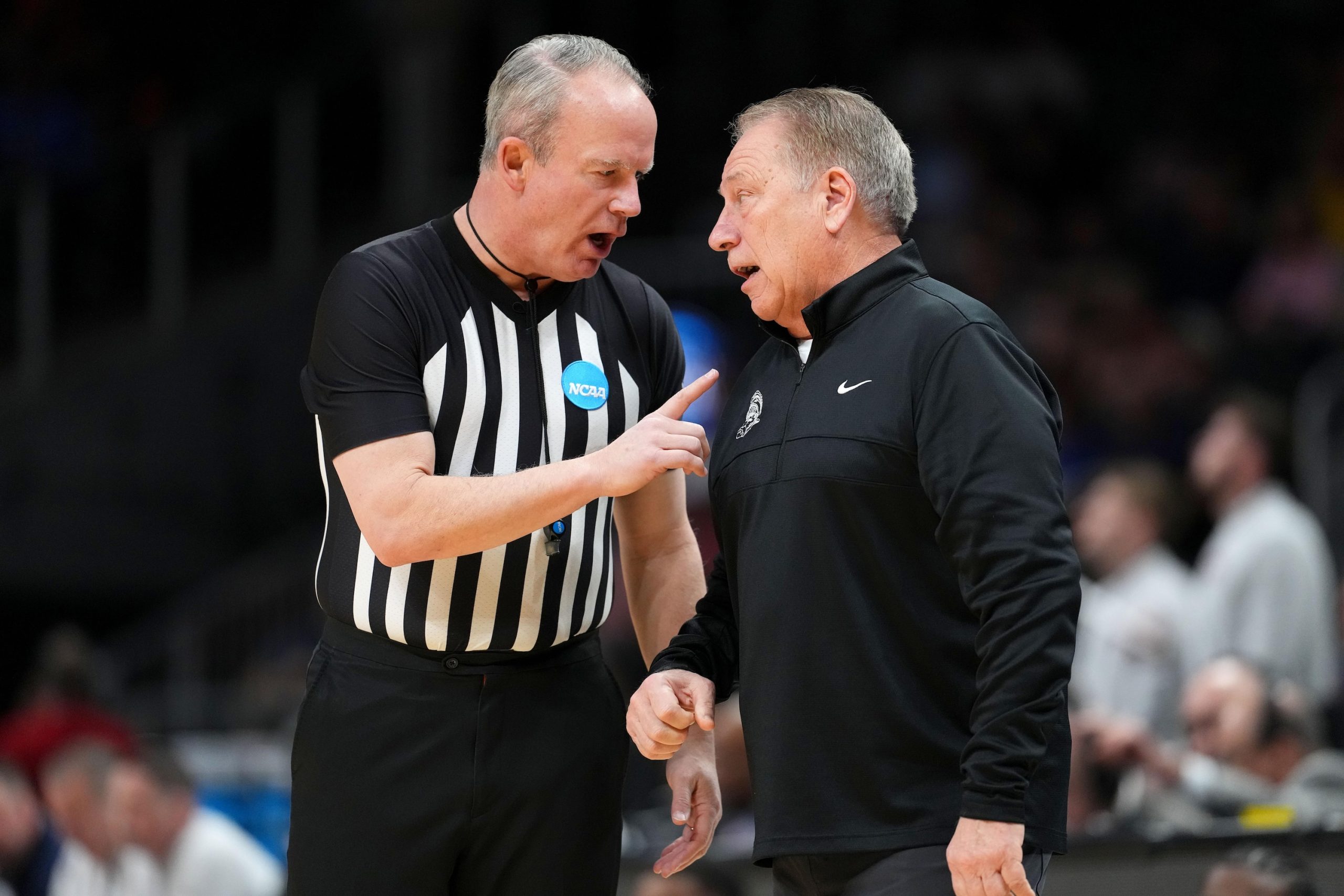























 Stephen A. responds to LeBron’s NBA coverage criticism | First Take
Stephen A. responds to LeBron’s NBA coverage criticism | First Take





 (via @nbcsportsauthentic/TT)
(via @nbcsportsauthentic/TT)























